 A recent small study discussed the issue of postpartum depression in new fathers, and whether all fathers of newborns should be screened for it. Most people know that women can develop postpartum depression, but the possibility that fathers can also have it is rarely discussed.
A recent small study discussed the issue of postpartum depression in new fathers, and whether all fathers of newborns should be screened for it. Most people know that women can develop postpartum depression, but the possibility that fathers can also have it is rarely discussed.
In this small study conducted in Chicago, they found that 30% of the 24 fathers appeared to have postpartum depression - based on the same screening tool that is commonly used to screen new mothers. Other studies found/estimated that 8 to 13% of new fathers have postpartum depression, but with much higher rates if the new mother has postpartum depression.
Yes - new fathers can be stressed, anxious, worried, depressed, especially if there are financial or other stressors. Lack of sleep and fatigue was a big contributor to symptoms in the study. Pre-existing mental conditions. Problems with the relationship. Lack of paid parental leave. And on and on.
Both new mothers and new fathers need support after the birth of a baby.
From Science Daily: Should fathers be screened for postpartum depression? Pilot study
Dads can suffer from postpartum depression, and a new pilot study at the University of Illinois Chicago suggests they can and should be screened for the condition. Given the intertwined effects of mothers' and fathers' physical and mental health, addressing the health of fathers may be a powerful untapped tool in improving the nation's ongoing maternal health crisis. ...continue reading "Postpartum Depression In New Fathers"

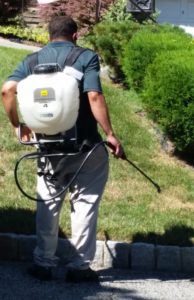 Buyer beware when it comes to lawn care services. Lately I've been seeing a number of lawn care companies saying they offer "organic-based" or "organic weed-free lawn care" or "natural lawn care". Nope, nope, nope.
Buyer beware when it comes to lawn care services. Lately I've been seeing a number of lawn care companies saying they offer "organic-based" or "organic weed-free lawn care" or "natural lawn care". Nope, nope, nope.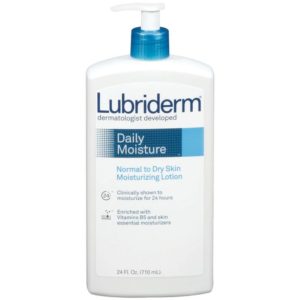 Do you know what chemicals you're exposed to on a daily basis? A recent study found that women with cancers of the breast, uterus, skin (melanoma), or ovaries had significantly higher levels of certain endocrine disrupting chemicals in their bodies than women without any of those cancers.
Do you know what chemicals you're exposed to on a daily basis? A recent study found that women with cancers of the breast, uterus, skin (melanoma), or ovaries had significantly higher levels of certain endocrine disrupting chemicals in their bodies than women without any of those cancers.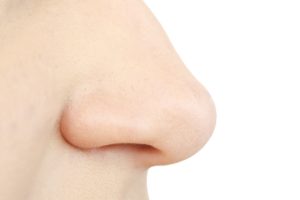 This site spends a lot of time discussing the nasal passages and sinuses. That's why
This site spends a lot of time discussing the nasal passages and sinuses. That's why 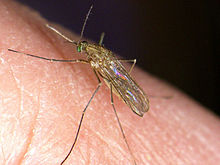
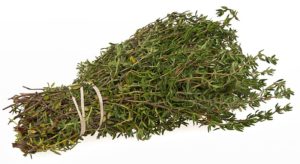
 In the
In the 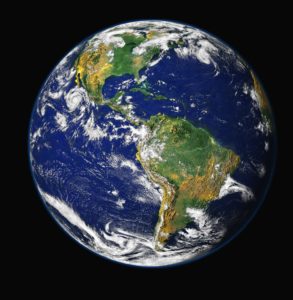 We knew it was hot in July. Record breaking hot. Europe's climate monitoring organization (
We knew it was hot in July. Record breaking hot. Europe's climate monitoring organization ( Great news for people who don't have the time or the desire to engage in exercise routines, gym visits, or sports. A recent large study found that several very short bursts of physical activity (each less than a minute or two) during the day are beneficial to health. They lower cancer risk!
Great news for people who don't have the time or the desire to engage in exercise routines, gym visits, or sports. A recent large study found that several very short bursts of physical activity (each less than a minute or two) during the day are beneficial to health. They lower cancer risk!
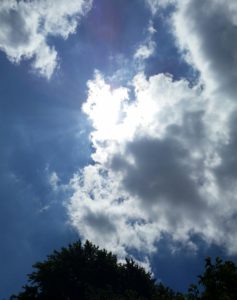 This summer has been hot, really hot, and the heat seems to be never-ending. Phoenix Arizona hit 118 degrees F on Saturday, which was the 23rd straight day of over 110 degrees F temperature! This raises the question: What is too hot for humans to tolerate?
This summer has been hot, really hot, and the heat seems to be never-ending. Phoenix Arizona hit 118 degrees F on Saturday, which was the 23rd straight day of over 110 degrees F temperature! This raises the question: What is too hot for humans to tolerate?